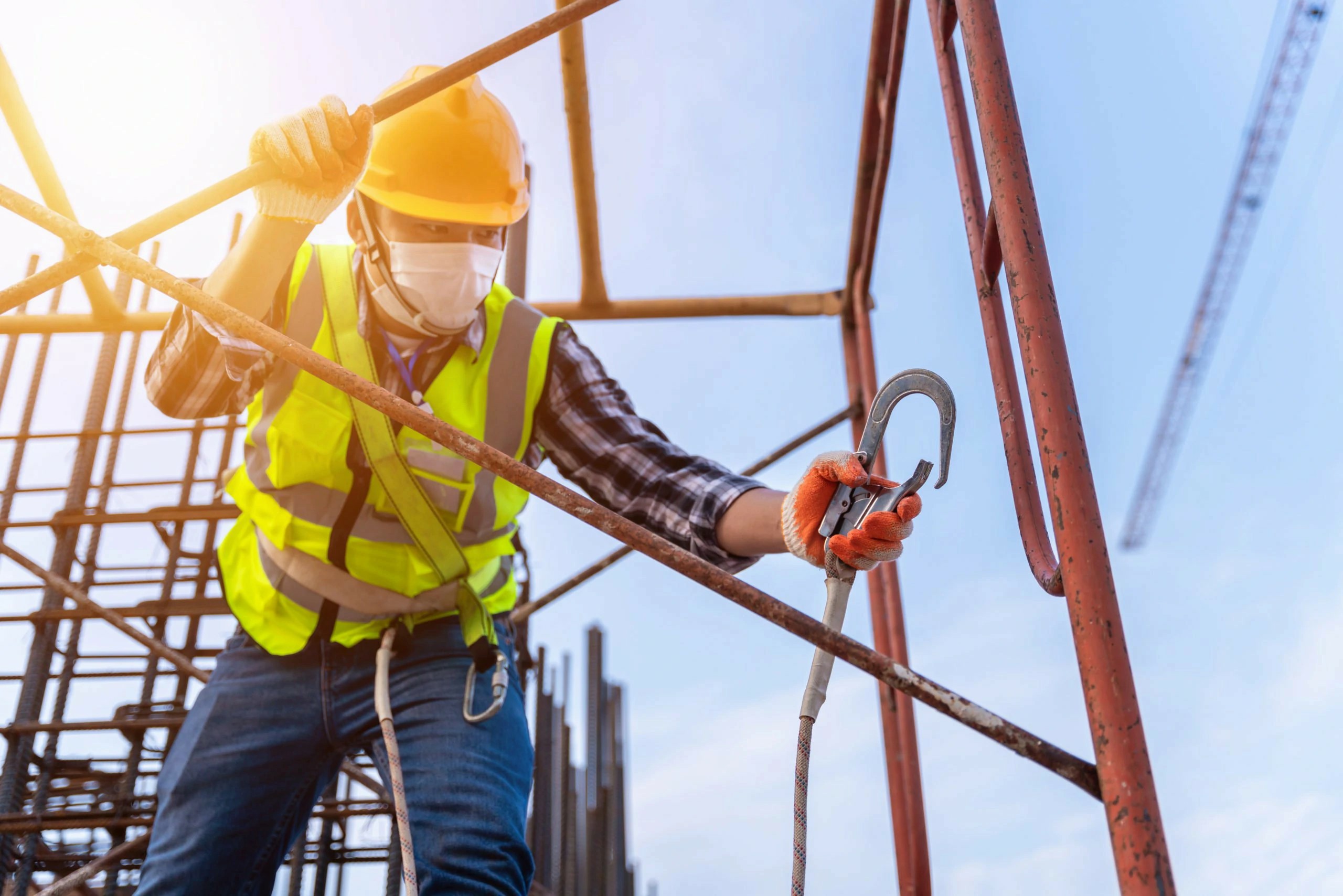


 349,500 Offered Certificates
349,500 Offered Certificates
 24/7 Online Training
24/7 Online Training
 Money Back Guarantee
Money Back Guarantee
 Fully Accredited Courses
Fully Accredited Courses

Created at: 22-02-2025 14:33
In any workplace where employees are required to perform tasks at height, safety must be the top priority. Working at heights presents significant risks, and without proper training, these risks can lead to serious accidents and injuries. As a business owner or manager, it’s your responsibility to ensure that your team receives competent training. One of the best decisions you can make is to invest in an accredited Working at Heights course. In this blog post, we will explore why selecting accredited training providers—specifically those recognized by prominent organizations such as HSA, HSE, and RoSPA—can significantly improve workplace safety, compliance, and the overall effectiveness of your training initiatives.
Accreditation is an assurance that a training course meets specific industry standards set by recognized bodies. In Ireland, the Health and Safety Authority (HSA), Health and Safety Executive (HSE), and Royal Society for the Prevention of Accidents (RoSPA) are renowned organizations that oversee safety regulations. Choosing a course accredited by these institutions means that the curriculum, instructors, and the training environment adhere to rigorous quality standards.
On the flip side, opting for non-accredited training can pose significant risks:
Accredited courses carry numerous advantages:
Many companies across Ireland have experienced tangible benefits after adopting accredited Working at Heights training programs. For example, a construction firm in Dublin reported a significant decline in on-site accidents after all employees underwent accredited training. This improvement not only enhanced safety but also positively impacted the company’s bottom line by reducing injury-related costs.
A Cork-based logistics company faced challenges with employees working from heights in their warehouse. The company decided to implement an accredited Working at Heights safety course, which led to:
This transformation not only ensured compliance with HSA regulations but also fostered a culture of safety that benefitted the company and its employees.
In conclusion, investing in an accredited Working at Heights course is a crucial decision that can enhance safety, improve compliance, and provide peace of mind for business owners. With recognized bodies like HSA, HSE, and RoSPA ensuring the quality of training, businesses can mitigate risks associated with working at heights. So, whether you’re located in Dublin, Cork, or Galway, it’s imperative to choose an approved provider for your Working at Heights safety course.
Take Action! Ensure safety and compliance by enrolling your team in a certified Working at Heights training course. For more information or to register your team, contact us at [email protected].